Fall Fishing for Landlocked Salmon: Fall fishing for landlocked salmon is a hoot. Now I’m not talking about trolling lakes mind you; I’m talking about river fishing. During the fall, salmon drop out of their deep lake lairs to spawn, traveling either to the lake’s inlet or outlet. Their mission? To locate suitable spawning beds in an adjoining river.
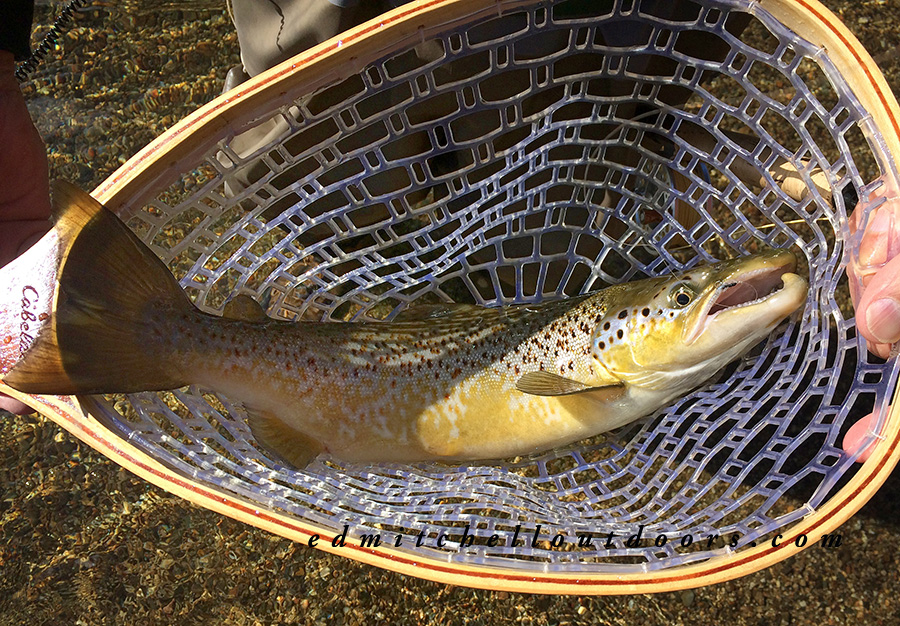
Fall Fishing for Landlocked Salmon
The average landlocked salmon caught in Maine is 17″and weights 1.7 pounds, but as this photo shows bigger salmon are not rare. Since the landlocked salmon’s primary forage base is rainbow smelt, many fly anglers assume streamers are the only game in town. And while streamers do work, if you rely solely on them you’re missing out.
Why? The landlock’s second largest food group is aquatic insects. That’s right, from their days in diapers to adulthood, salmon are sucking down bugs. Caddis, mayflies, stoneflies, you name it. So nymphs, wets, soft hackles, and even dries can be employed to catch landlocks. In fact, in a river, sometimes these flies out fish streamers by a wide margin. Doubt me? Look carefully in the upper jaw of the male salmon show above. See the small black wet fly?
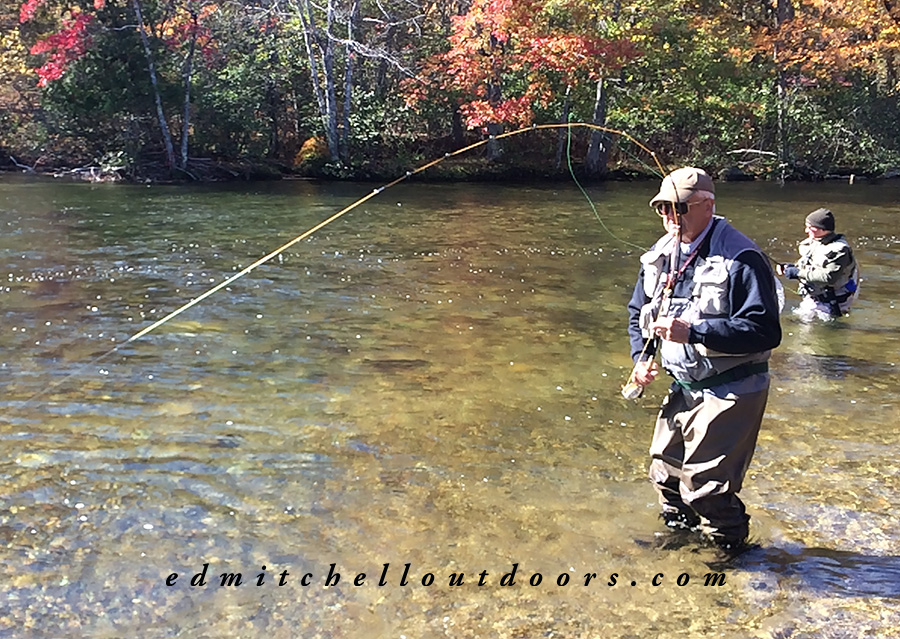
Fall Fishing for Landlocked Salmon
Landlocks put a serious bend in your fly rod, trust me. And while they may not tear off like a Lamborghini, their aerial antics are spectacular, often leaping skyward several times. Its great action. Action that puts a serious smile on your face.
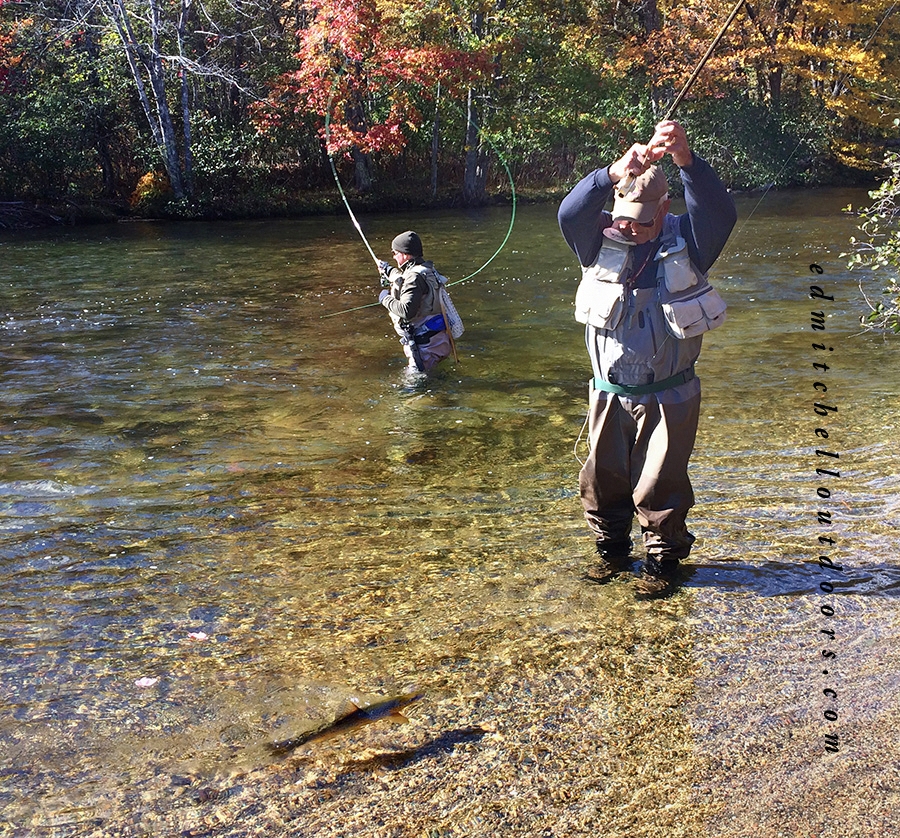
Fall Fishing for Landlocked Salmon
Maine has 303 lakes with landlocked salmon; New Hampshire, Vermont and Massachusetts have landlocked salmon too. As a result, you have a plenty of places to pick from. Fall spawning runs start anywhere from late September to late November, depending on water levels, weather and water temperature – with early to mid October being about average.
Do some homework to find the right timing for the river you plan to fish. And above all don’t get frustrated if the salmon don’t show up on time. Local conditions play an enormous role in these spawning run. A low lake can even cause salmon to skip the rivers and instead spawn on shoals inside the lake. Yeah, fishing for migratory species is always a bit of a crap shoot. You have to pay your dues. Still its worth the price.
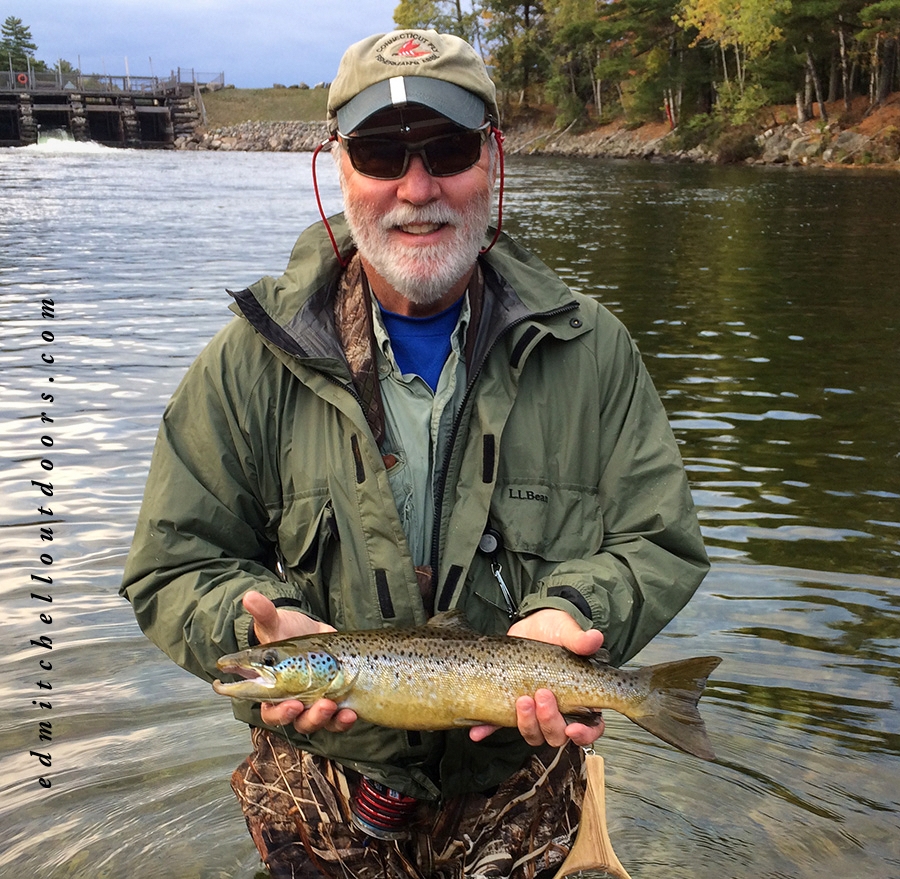
Fall Fishing for Landlocked Salmon
Can’t get away during the fall? Well most landlocked salmon fisheries have a spring river run too. These salmon aren’t spawning; they’re chasing smelt. Hence, spring landlocked salmon tend to be more aggressive, although leaner after a long winter in the lake. Lord knows, there is no shortage of streamers designed to imitate smelt. Be sure to have a few in your fly box. But once again, nymphs, wets and dries may steal the day. Don’t arrive on the river with out them. You’ve been warned.



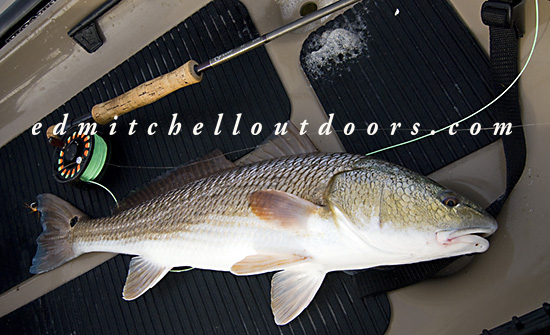

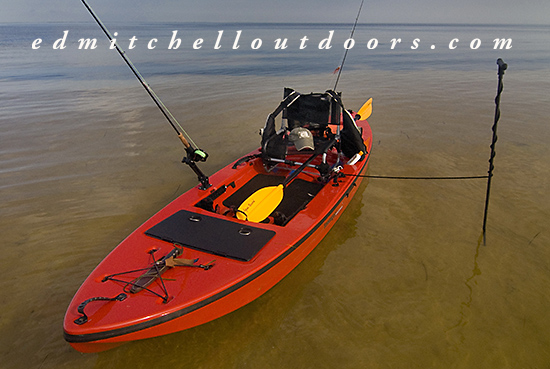



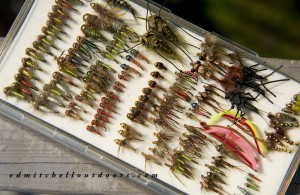
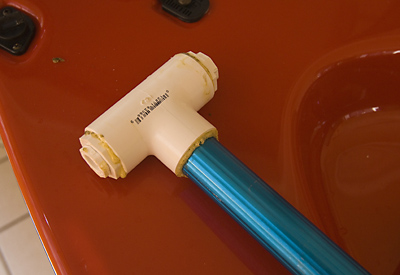

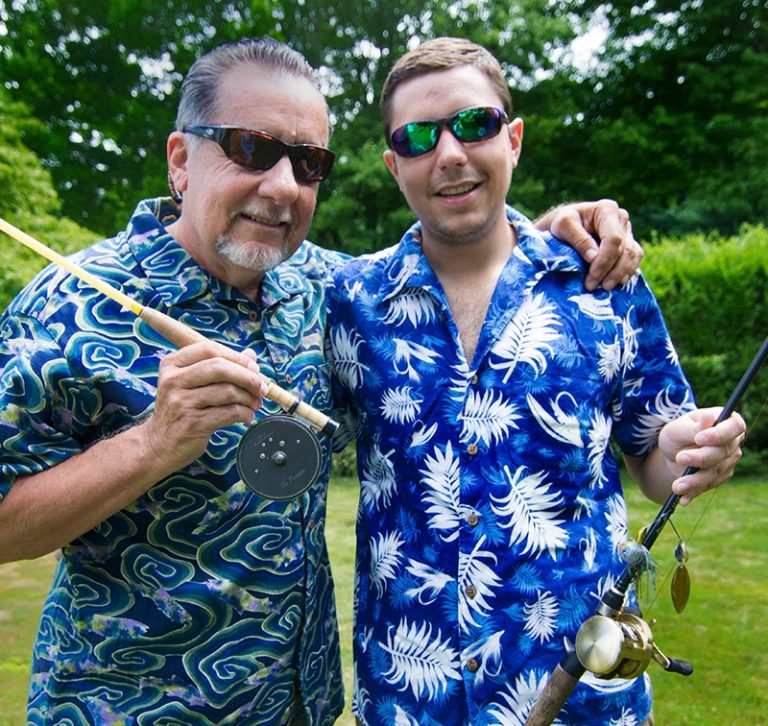

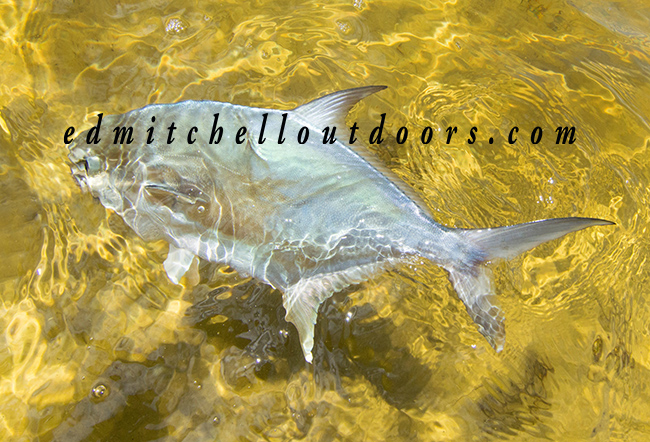

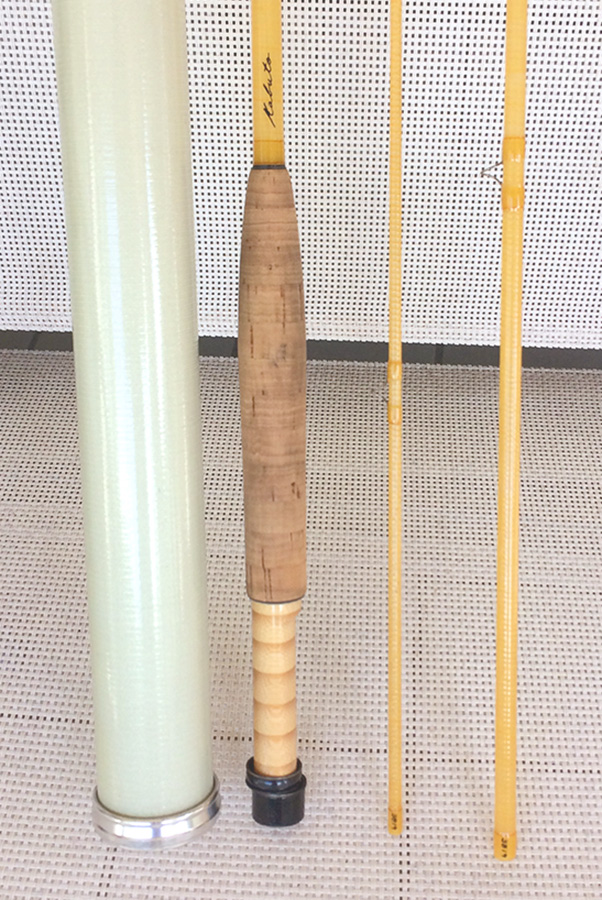
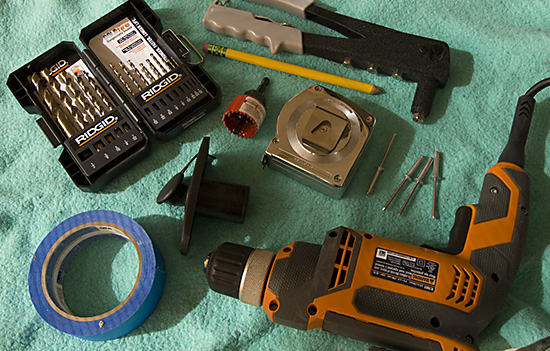

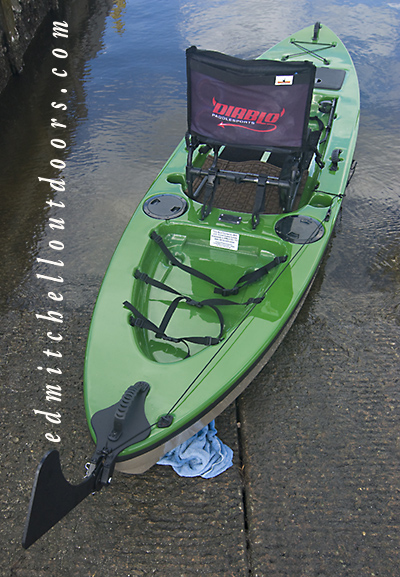

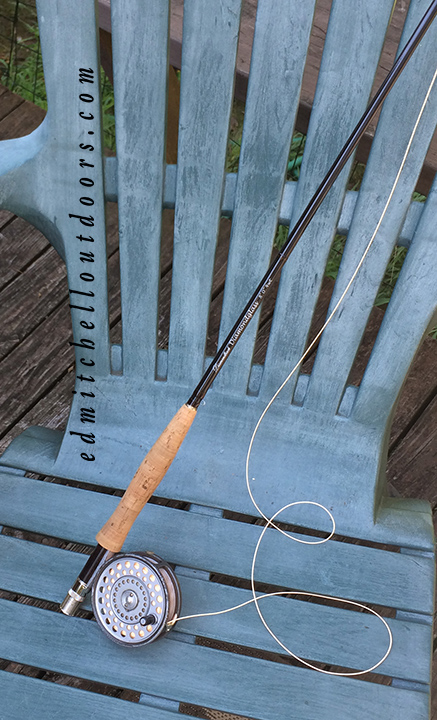
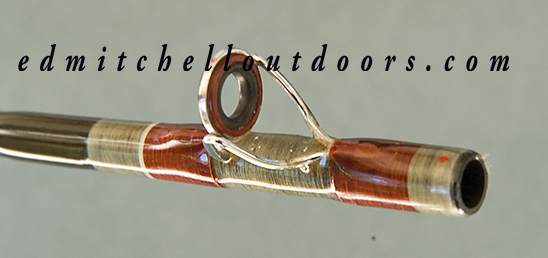
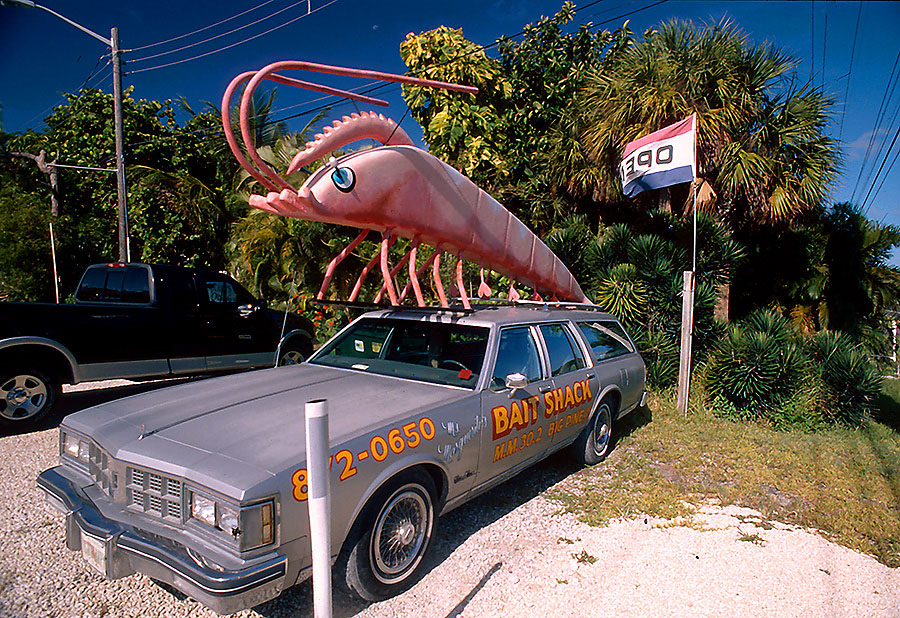
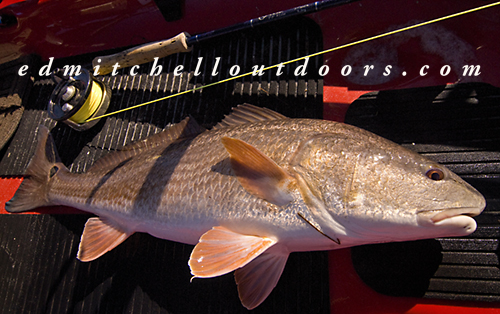
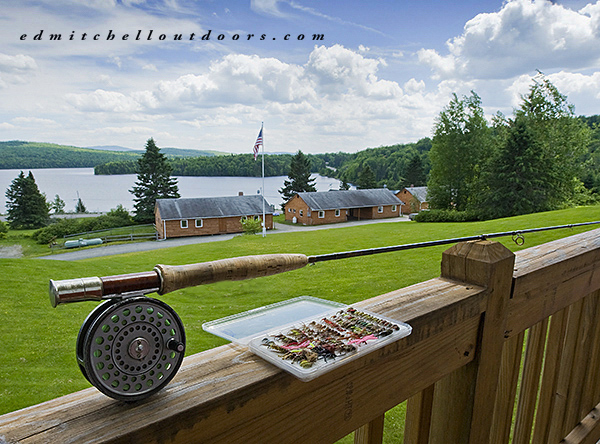

Great advice about landlocked Salmon. Weather is another factor that can make or break fishing for them.
Yes, those critters are tricky to predict. Weather patterns, wind direction, barometric pressure, water temperature, water levels all figure in. Got a crystal ball you can lend me?
Any advice for what to throw in the later season, late october-november?
Morning Harper, I assume you’re talking about Landlocks. While streamers have been historically important, I believe that nymphs are far more successful. Fish Euro-style of indicator. Try a two nymph rig. A stonefly followed by a beadhead caddis pupae is a good choice. Butkeep the flies down, landlocks stay tight to the bottom. It there is a BWO hatch, which happens in some water, switch the caddis fly for a small BWO nymph.
Couldn’t agree more. I fish LLS in Vermont, exclusively with nymphs. Though I’ve seen them chase dry flies too. One time this past June I saw a fish rising just above the tail out and spent the better part of a late afternoon trying to coax it, to no avail. It was fun, however. I managed to get the fish to swipe at it twice, as I practiced “skittering,”
“skating” and”waking” foam body flies.
Morning, Glad you liked the post, and heres wishing all the best in your landlock salmon adventures.
Hello, I was curious to hear your opinion on the ethics of fishing for LL salmon with nymphs during the fall spawning run. I have had some old-timers tell me that fall-run salmon simply do not eat and that fishing with nymphs is unethical due to “flossing”, snagging, or foul-hooking, opposed to salmon hitting a streamer purely out of instinct or anger. There is a much higher chance of foul-hooking with a nymph, but I also believe that I have seen them “eat” these nymphs during their fall run. So, what to believe? Do LL salmon actively “eat” nymphs after they have entered the river in the fall?
Morning Dave, Interesting comment. I have caught most of my fall run landlock salmons on nymphs. Every every single one was hooked in the mouth, sometimes with tiny BWO flies. A great many other anglers would agree with me. So the answer is an emphatic yes, landlocks eat nymphs. No ifs, no ands, no buts. Nymphs are simply easy food that landlocks do not have to waste energy chasing.
Interesting that you mention “old timers”. Old timers are often deeply wedded to tradition, steadfastly standing by their beloved streamers, defending them to the bitter end. Understandable, old timers have built a life time around those long feathered hooks and anything different is threatening. Now the idea that streamers are more ethical is total nonsense. In fact the argument could be made that large streamer hooks do far more damage to spawning fish than a small nymph. Is it worth arguing with old timers? NA. Salute them and walk on by.